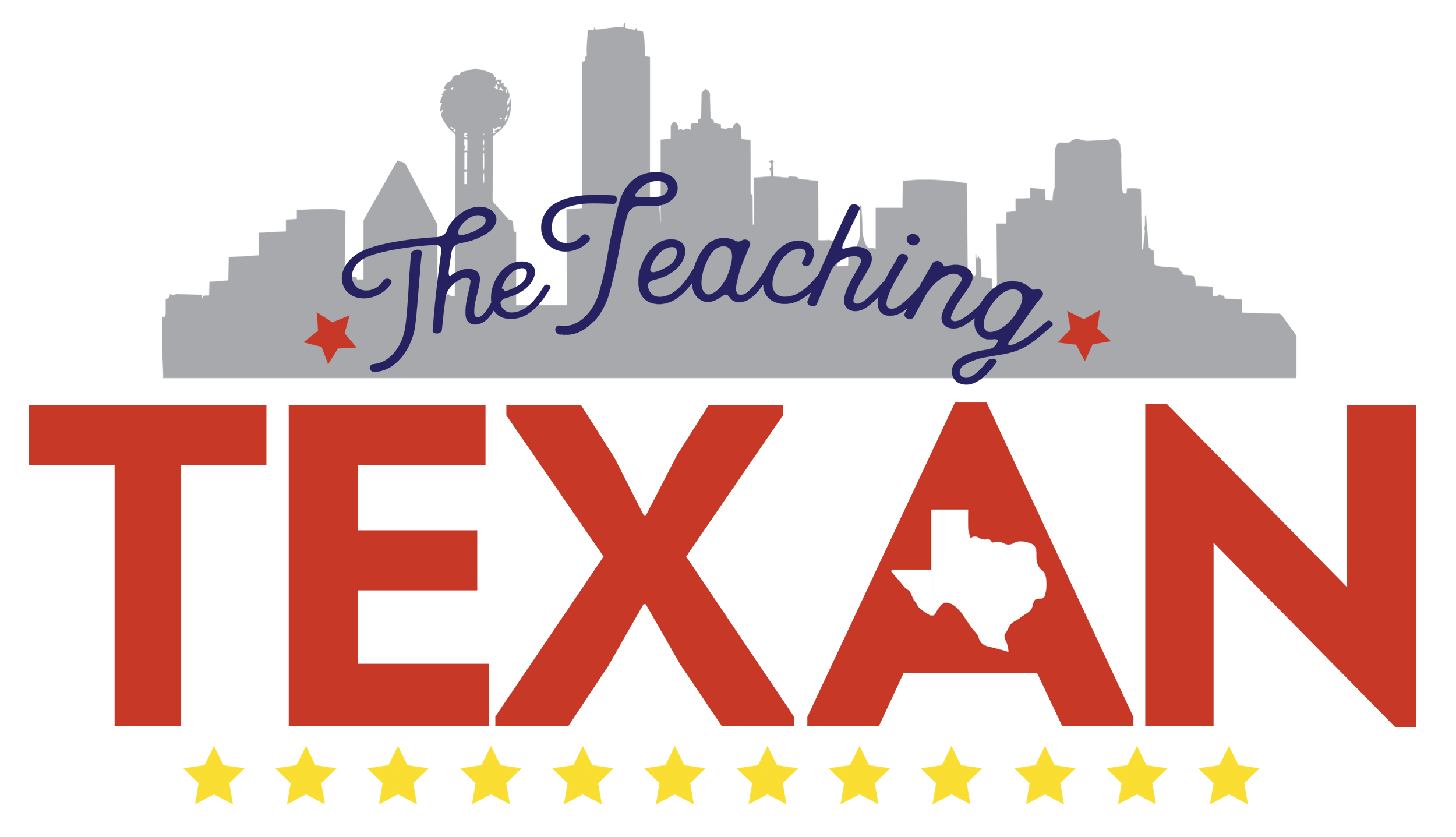The Science Behind Orthographic Mapping & How to Capitalize on It
We’ve heard that orthographic mapping is a critical process that helps children become skilled readers, but what the heck is it?
In short, orthographic mapping is the process of connecting written letters with their corresponding sounds and meanings in the brain. It’s literally the permanent storage system in our brain for words and is developed over time through development of phonological awareness and connecting sounds to print.
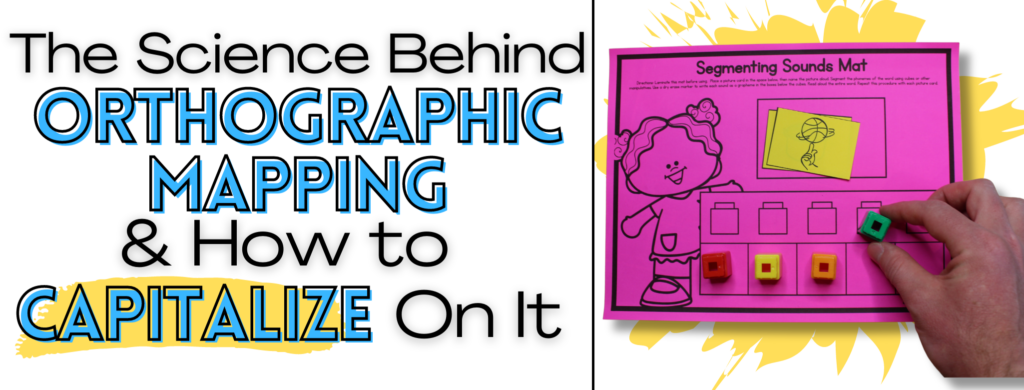
Today, we will explore orthographic mapping in a bit more depth, and I’ll give you some ready-to-implement ideas for capitalizing on this knowledge in your classroom.
What is Orthographic Mapping?
Orthographic mapping is the process by which we connect the sounds of spoken language to the written symbols that represent those sounds. This process involves several steps, including recognizing letters, associating them with sounds, and storing this information in the brain’s long-term memory. When a student has a strong orthographic map, he/she can quickly and accurately recognize words, which is crucial for reading fluency and comprehension.
So, not to get too into the science behind it (because we know there is plenty) let’s look at some things you can easily implement in your classroom to capitalize on how our brain stores words.
- Phonological Awareness Activities
Phonological awareness activities can help students develop their orthographic mapping skills. These activities focus on the sounds of language and help students recognize the individual sounds in words. For example, you can have students practice segmenting words into their individual sounds or blending sounds together to form words. These activities can be done orally or using written words.
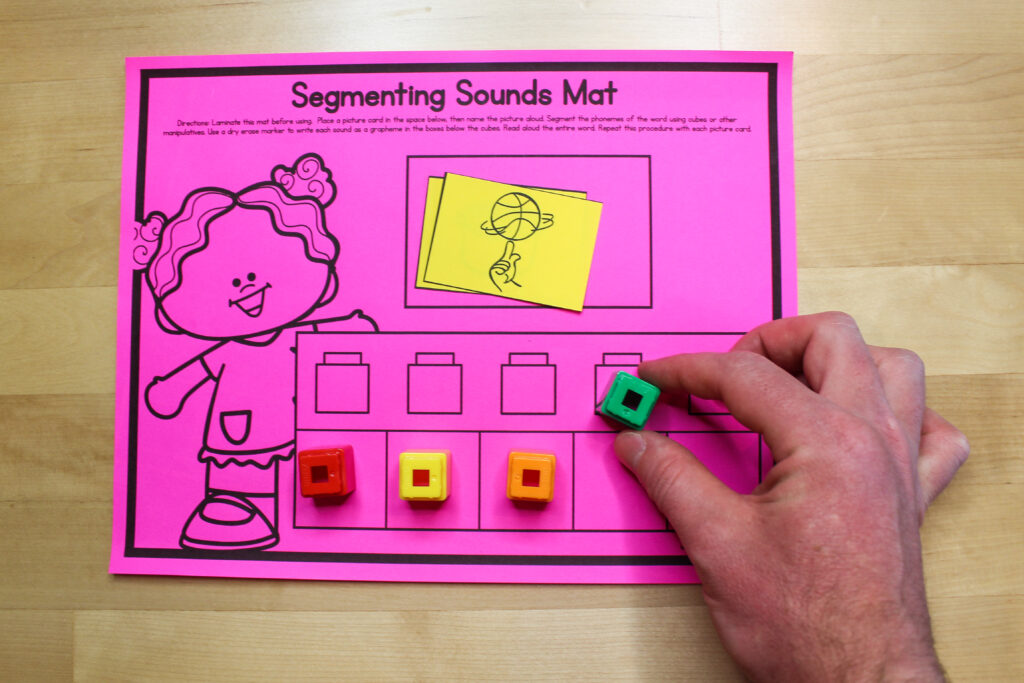
- Mapping High-Frequency Words
When we introduce our students to new high-frequency words (HFW) there is a simple and effective process we can use to help them focus on sounds, connect those sounds to print AND recognize phonetic patterns that may be irregular or just untaught at this time.
Here’s my go to for short and effective high-frequency word introductions:
- Read the word to students (have this on a note card, white board, etc)
- Break the word into phonemes (sounds) with students
- Count the number of phonemes (sounds) you hear
- Build the word using magnetic letters – I like to do this using a sound box mat so students can visually see which letter(s) are responsible for which sounds
- Write the word
- Use the word in a sentence (orally or written)
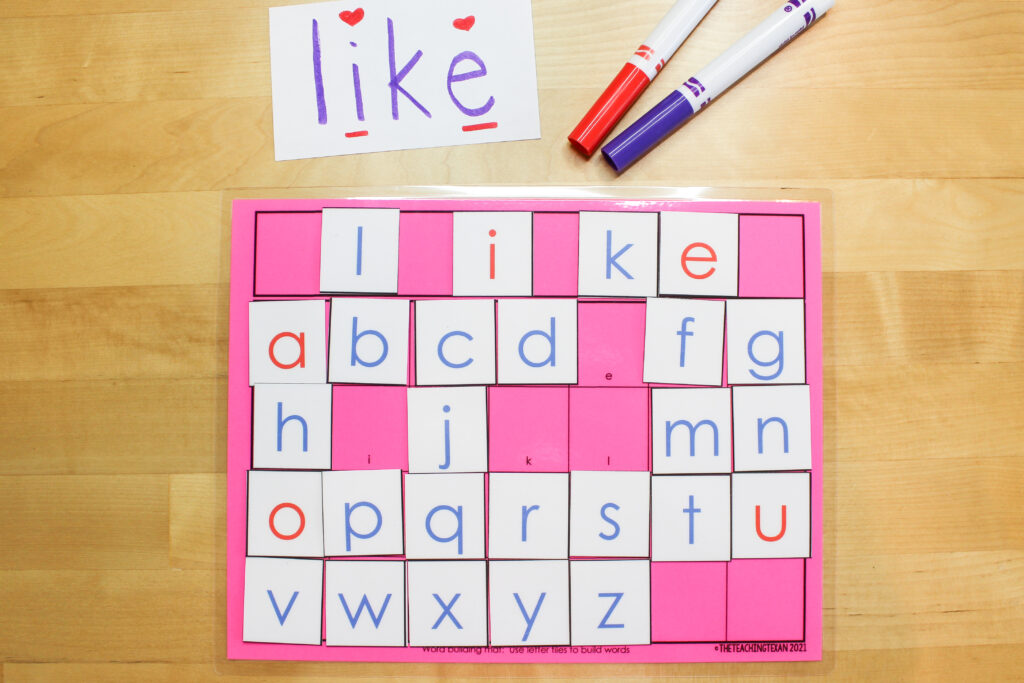
- Word Walls
Yes, I truly believe word walls still have a very important place in our classroom.
We go through the process outlined above but let’s face it… not all students will automatically store this information permanently in their brains.
A word wall is a great tool to provide students continued support in storing this important information. So, after we go through the process above we mark the “heart” parts of each words AKA the parts that are truly irregular or are at least patterns not taught in Kindergarten yet.
This then serves as a resource that provides support to students as they read and write – and we use it OFTEN to play games so students are familiar with it.
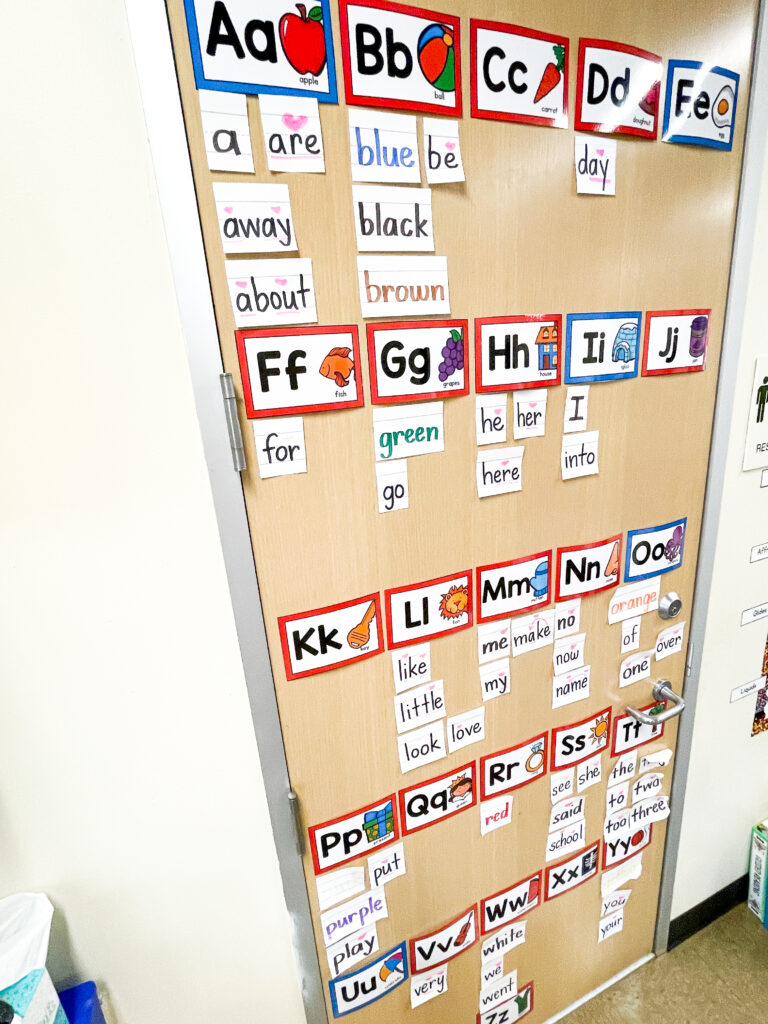
- Read Alouds
As teachers we know the importance of reading aloud to students for building comprehension, modeling fluency and creating a joy for reading. But, read alouds are also a magical time of day for exposing students to new vocabulary.
When reading aloud, I like to pause and ask students about the meaning of unfamiliar words – whether this is me providing a quick student-friendly definition or letting them share out. Encourage them to think about the sounds of the words and how the letters represent those sounds, it only takes a few moments to segment a word orally.
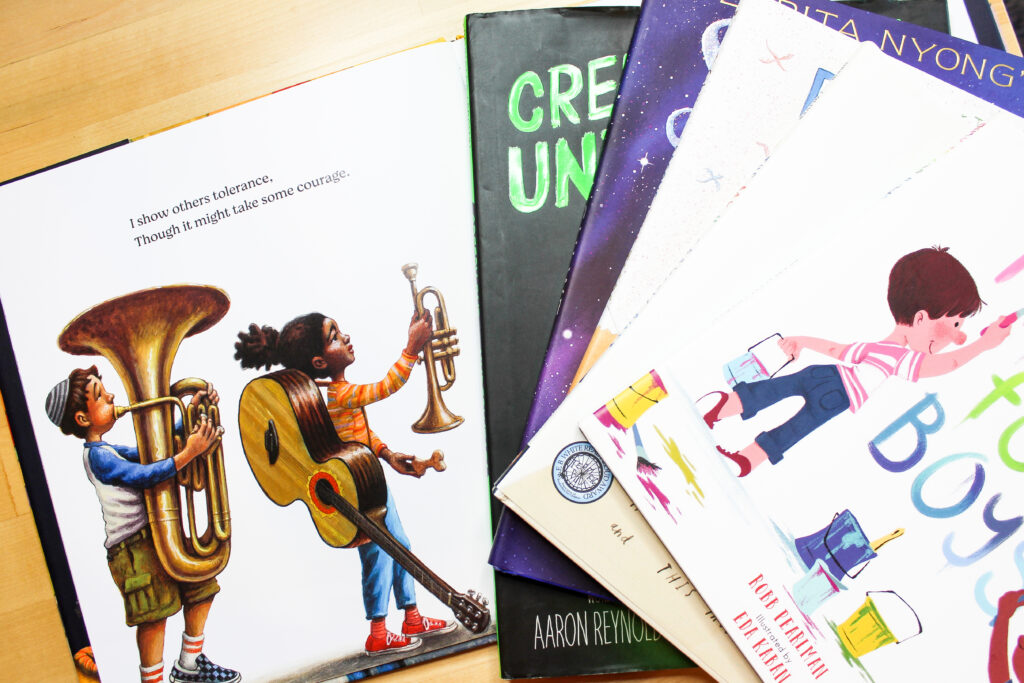
You can also have students follow along with the text as you read to help reinforce the connections between letters and sounds – I love our flat panel board for displaying books for just this reason!
While orthographic mapping isn’t something we teach per se, understanding what this process is will truly help transform learning how to read for your students.
What other activities do you use that capitalize on this knowledge? Let me know in the comments!
